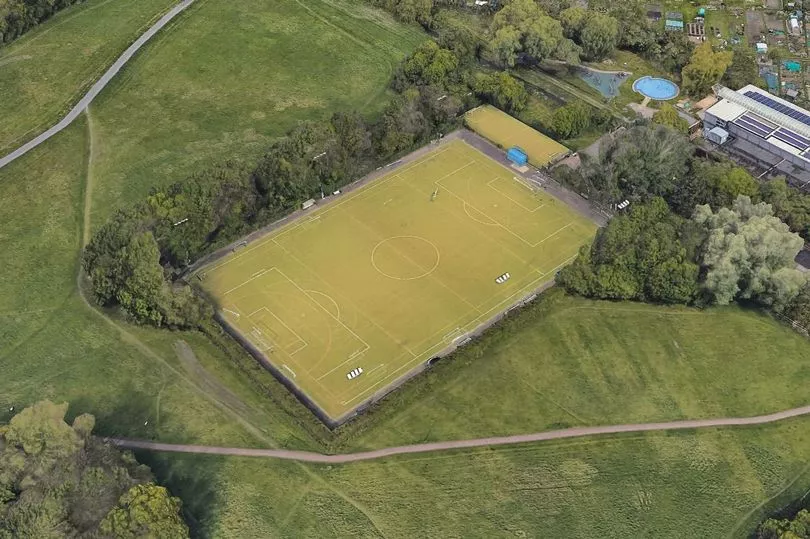The bustling town of Aylesbury is bracing itself for significant travel disruptions as a crucial thoroughfare into the town is […]
Cambridge, renowned for its prestigious university and rich cultural heritage, is home to many historic sites that hold fascinating stories from the past. Among these is a much-loved common that boasts a curious and multifaceted history, from being labeled the 'worst golf course' to serving as a mining site for coprolite – fossilised dinosaur faeces. This article delves into the captivating past of this notable Cambridge landmark.
The Rise and Fall of 'The Worst Golf Course'
In the annals of Cambridge's recreational history lies the tale of what was once humorously deemed the "worst golf course." This common, though cherished by locals today, was far from a golfer’s paradise. The course, with its uneven terrain and overgrown patches, presented a formidable challenge even to seasoned golfers. It quickly earned a notorious reputation, drawing both ire and amusement from the sporting community.
Despite its reputation, the golf course played an integral role in the community, providing a social gathering spot and instilling a sense of camaraderie among the players who dared to face its rough and rugged landscape. Though the course eventually succumbed to its impracticality and was abandoned, it left an indelible mark on the local culture, becoming a beloved reminiscence for many residents.
A Hidden Treasure: Mining for Coprolite

Source: https://www.cambridge-news.co.uk/news/history/much-loved-cambridge-common-once-29603647
While the golf course chapter of the common's history adds a touch of humor, its role in the mining industry brings a more surprising revelation. In the 19th century, this very ground was used to mine coprolite, a form of fossilised dinosaur faeces. At the time, coprolite was highly valued for its phosphate content, used extensively as a fertiliser to enrich agricultural soil.
The coprolite mining industry had a significant economic impact on the region, providing employment opportunities and contributing to agricultural advancements. Workers would painstakingly excavate the fossilised remains, which were then processed and sold to farmers across the country. This period of industrial activity stands as a testament to the diverse uses of the common and reflects a unique aspect of Victorian-era resourcefulness and innovation.
The Common Today: A Cherished Green Space
Today, the common serves as a serene green space where locals can escape the hustle and bustle of city life. Its storied past, from the days of challenging golf games to the industrious coprolite mining, adds layers of historical intrigue to its current tranquil existence. Visitors stroll along its paths, often unaware of the rich tapestry of humor, ingenuity, and hard work that lies beneath their feet.
As Cambridge continues to grow and evolve, the common remains a cherished reminder of the city's dynamic history. It stands not just as a piece of land, but as a living museum where every blade of grass whispers tales of a bygone era. Whether you come to enjoy a quiet afternoon or to reflect on its remarkable past, this beloved common offers something special for everyone.
Conclusion
The journey of this Cambridge common from the "worst golf course" to a coprolite mining site encapsulates the diverse and colorful history of the area. It is a poignant reminder of how landscapes can transform over time, adapting to the needs and imaginations of those who use them. As we enjoy the common for its beauty and recreational offerings today, let us also honour its rich heritage and the myriad roles it has played in shaping the community.